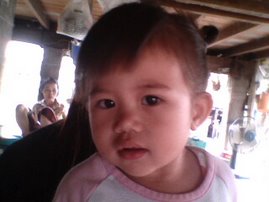
L'émergence de la productique dans les années 1980 : Des applications informatiques isolées au concept du Computer Integrated Manufacturing "L'information est saisie (et mise à jour) dans le système intégré, exclusivement par ceux qui la produisent".
Pour atteindre ce but, la productique agit sur :
la formation des hommes (opérateurs)
l'organisation des ressources (hommes et machines)
l'optimisation des flux industriels
l'efficacité des procédés
Elle recouvre la production, la fabrication de pièces (usinage, moulage, etc.), la gestion et l'ordonnancement de la fabrication, l'optimisation des moyens de production et leur rentabilité, le contrôle des pièces produites (métrologie), etc
























